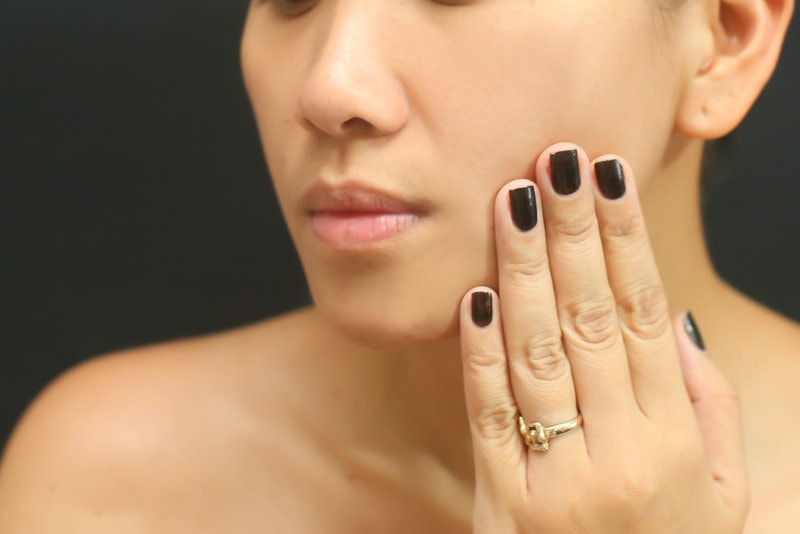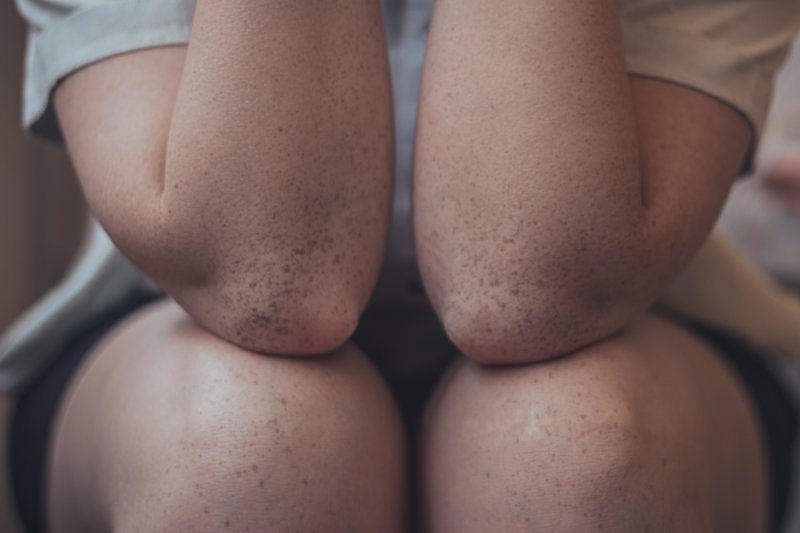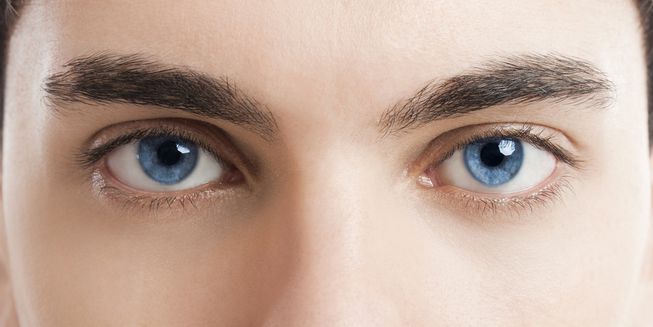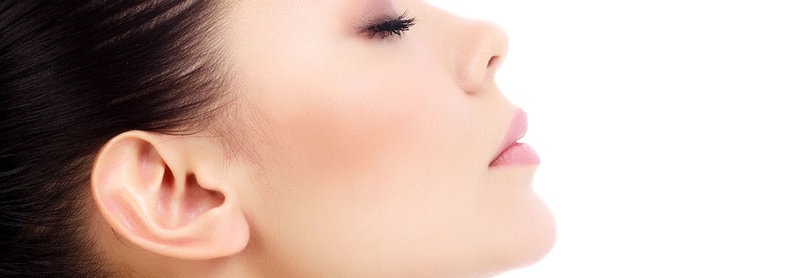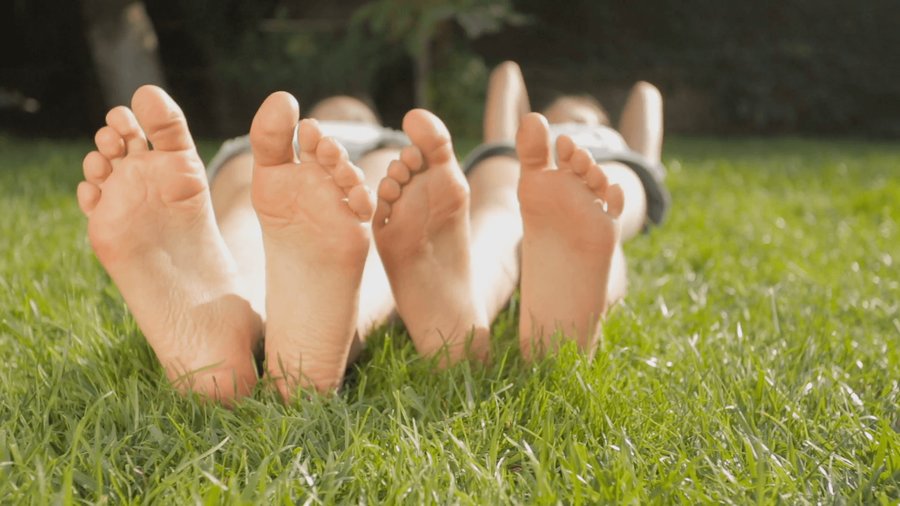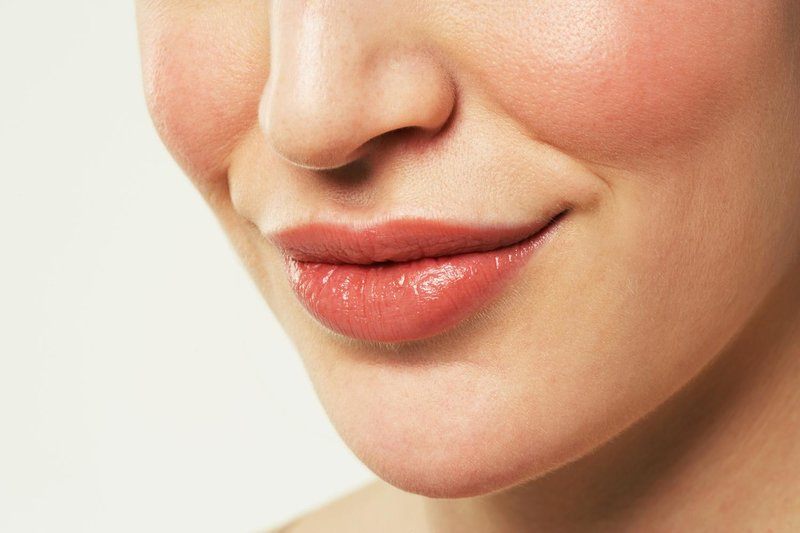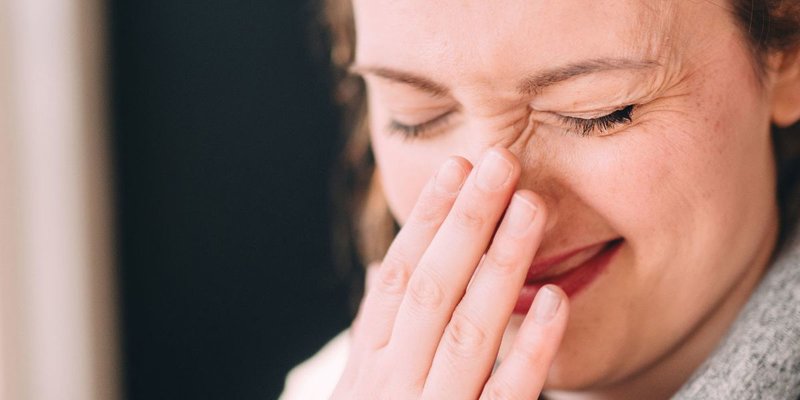
Acne
Acne is a troublesome skin condition that can be very uncomfortable for those affected, but that is, at the same time, easily treated with proper medication. Caused by the inflammation of the skin’s sebaceous glands, this condition is commonly viewed with frustration by those affected. In our section on the topic you will be able to find information on how to deal with this uncomfortable condition.




